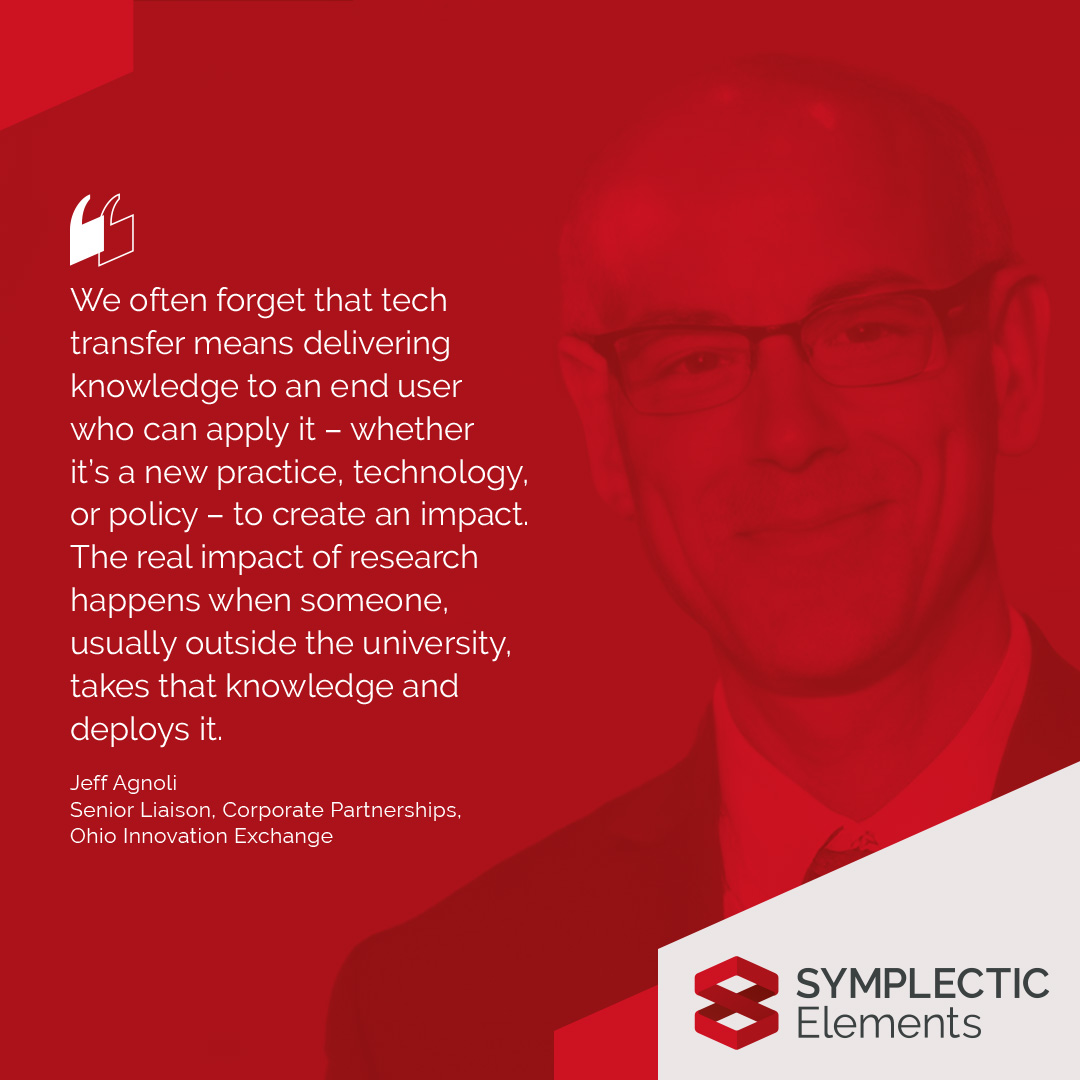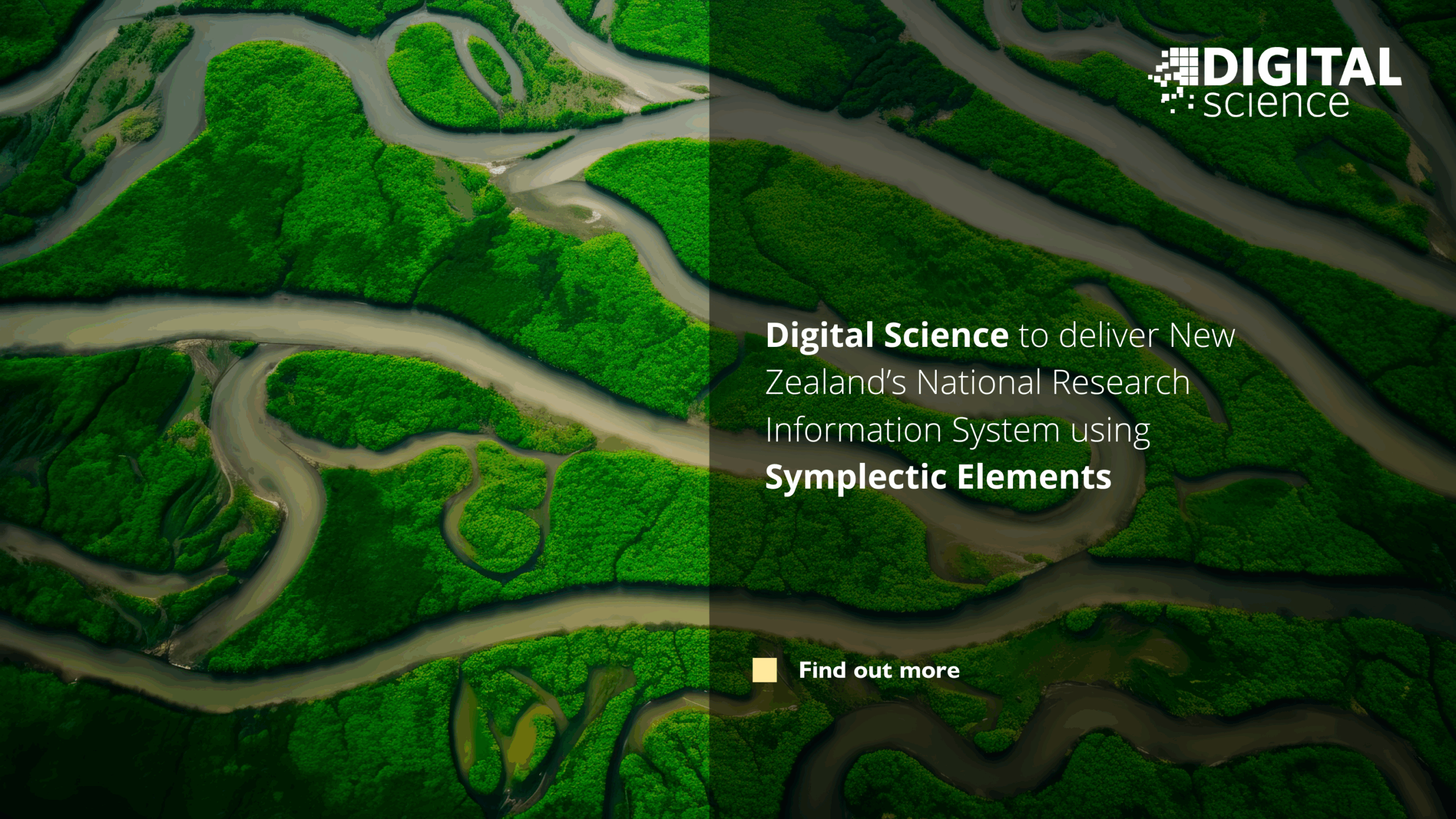Maximizing university assets: how research information systems expose hidden equipment and facilities to drive innovation and funding
Our recent whitepaper, ‘Catalyzing Collaboration: How Research Information Management Systems Drive Academic-Industry Partnerships’ explores the core benefits of industry collaboration and outlines how universities can use technology to build stronger, more visible partnerships. The following blog post is part of a series of abridged extracts from that paper.
Universities are treasure troves of resources, boasting cutting-edge equipment and advanced technologies. Many university campuses invest in expensive, specialized equipment and resources such as electron microscopes, 3D printers, and testing facilities, which can cost several million US dollars and require advanced training.
However, these facilities often have little cross-campus visibility and, as a result, can be under-utilized. This means the full potential of these assets often remains untapped, which benefits no one: valuable research is not conducted, equipment remains untouched, and universities may even jeopardize the funding originally secured for those assets if they cannot demonstrate appropriate usage and societal impact.
Forward-thinking universities are exploring ways to improve visibility of these assets, leveraging tools and implementing initiatives to make them more accessible to both internal and external partners. Partnering with universities can provide private companies with valuable resources, training, and expertise, effectively creating a mutually beneficial relationship that drives innovation across sectors. These partnerships might include lease agreements, training, or access to specialized equipment that companies cannot justify purchasing independently.
As Jeff Agnoli, Senior Liaison, Corporate Partnerships, Ohio Innovation Exchange, describes of the Ohio Innovation Exchange:
“Our university partners list key pieces of equipment, research services, centers/institutes, and other resources to showcase new initiatives and emerging research activities. We leverage Elements’ ability to list affiliated faculty on each record so our industry partners can quickly identify potential collaborators’ profiles. Recently, we added a new category so that we can list certificate programs for employers interested in upskilling their workforce. This full catalog is incredibly impactful to current/potential industry partners, new faculty, as well as those we are trying to recruit.”
Maximizing the value of university assets is not just about increasing their utilization but also demonstrating the broader impact that arises from these resources—both to attract partners and to secure continued funding. As Newton points out:
We often forget that tech transfer means delivering knowledge to an end user who can apply it—whether it’s a new practice, technology, or policy—to create an impact. The real impact of research happens when someone, usually outside the university, takes that knowledge and deploys it.”
Universities are under increasing pressure to demonstrate impact that contributes to socio-economic development, through the development of new products and processes. With extra investment comes a greater need for transparency and visibility throughout the research lifecycle—not only to attract and connect with the best research partners in the first place, but also to demonstrate positive societal impact back to funders.
Tracing a line from a researcher or a piece of research to a piece of equipment, outputs, and publications, and then through to real-world applications and economic impact is never an easy task. Tim Cain, Associate Professor at Ohio University and principal investigator of OIEx, shared some of the ways in which OIEx is exploring how to demonstrate and showcase impact.
The Ohio Innovation Exchange (OIEx)’s collaboration with Intel offers a compelling real-world example of the challenges and complexities surrounding the demonstration of economic impact. In 2022, Intel announced a $20 billion investment to build two new state-of-the-art chip factories in Central Ohio. As part of this, Intel committed an additional $50 million to bolster semiconductor education and research at Ohio’s higher education institutions. This significant investment created opportunities for academic researchers, technical centers, and educators, leading Intel to award $17.7 million in phase-one funding to eight collaborative projects involving more than 80 Ohio colleges and universities.
“The path from a fruitful web search for collaborators or licensable IP to demonstrable economic impact is long, circuitous, and shrouded in so many unknowns,” said Cain. “Given the challenge to find and demonstrate the role that OIEx may have played in such laudable goals, our team often looks to the wisdom reflected in the aphorism ‘a rising tide lifts all boats’ – something illustrated in our recent collaboration with the Intel Corporation.”
To highlight the value of this academic-industry partnership, the OIEx team sponsored a five-part virtual webinar series, The Ohio Innovation Tour, hosted by OhioX – a statewide non-profit trade association on a mission to build Ohio into a tech hub. The series featured Intel and the grant recipients, who shared insights into their semiconductor research and workforce readiness initiatives funded by Intel’s investment.
“The virtual webinar series showcased Intel + Higher Education across regions in the state and attracted a diverse virtual audience, drawing over 500 total viewers from more than 20 industry sectors,” said Cain. “Most notably, professionals working in economic development, technology, education, and state government consistently tuned into the programming. Each of the hosted events provided an opportunity to demonstrate OIEx – its utility and value proposition – to a dynamic ecosystem of professionals committed to lifting the tide of Ohio’s knowledge economy.”
These examples highlight the importance of making university assets and expertise visible and accessible – not just to industry partners but also to a broader audience, including community organizations and potential collaborators. By proactively promoting the availability of specialized resources, profiling tools like DiscoverResearch and OIEx can help ensure that these valuable assets are leveraged to their fullest potential, driving innovation and impact on a regional, national, and even global scale
Discover how Ohio Innovation Exchange is helping universities across the state maximize the potential of their equipment and assets by downloading our whitepaper, Catalyzing Collaboration: How Research Information Management Systems Drive Academic-Industry Partnerships.



